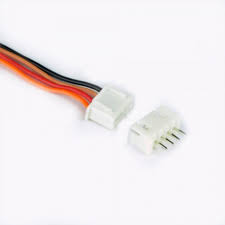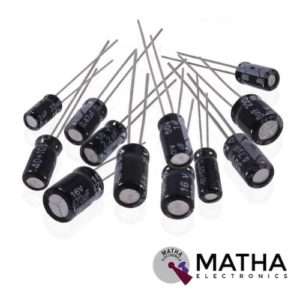MOV is defined as one of the most prominent and used types of the varistor. It is a component made from a mixture of zinc oxide and other metal oxides like cobalt, manganese, and so on. This MOV is made intact between two electrodes which are basically metal plates. MOV’s are the most used component to protect heavy devices from transient voltages. The term MOV stands for “Metal Oxide Varistor”. As the name Varistor refers to, it is a variable resistor. However, unlike a potentiometer, the MOV’s resistance varies in response to the voltage across it. The resistance lowers as the voltage across it rises, and vice versa. This characteristic is important for preventing high voltage spikes in circuits.
A diode junction formed between each border of the grain and its immediate neighbour. Thus a MOV basically a huge number of diodes connected parallel to each other. These are designed to be in parallel mode as they will have better energy handling ability. But, if the component is meant for providing a better voltage rating, it is better to connect them in series. Metal Oxide Varistors are similar to resistors and have only two leads. There is no polarity for these leads and hence can be connected in both directions. A Metal Oxide Varistor (MOV) is designed as a protection component used in power supply circuits powered directly from AC mains. Moreover, MOV is used to protect the circuit from high voltage spikes by varying its resistance.
Applications
-
- Overvoltage protection
- Voltage spike protection
- The line to Line protection
- Switching protection
- Arching protection.


















Reviews
There are no reviews yet.